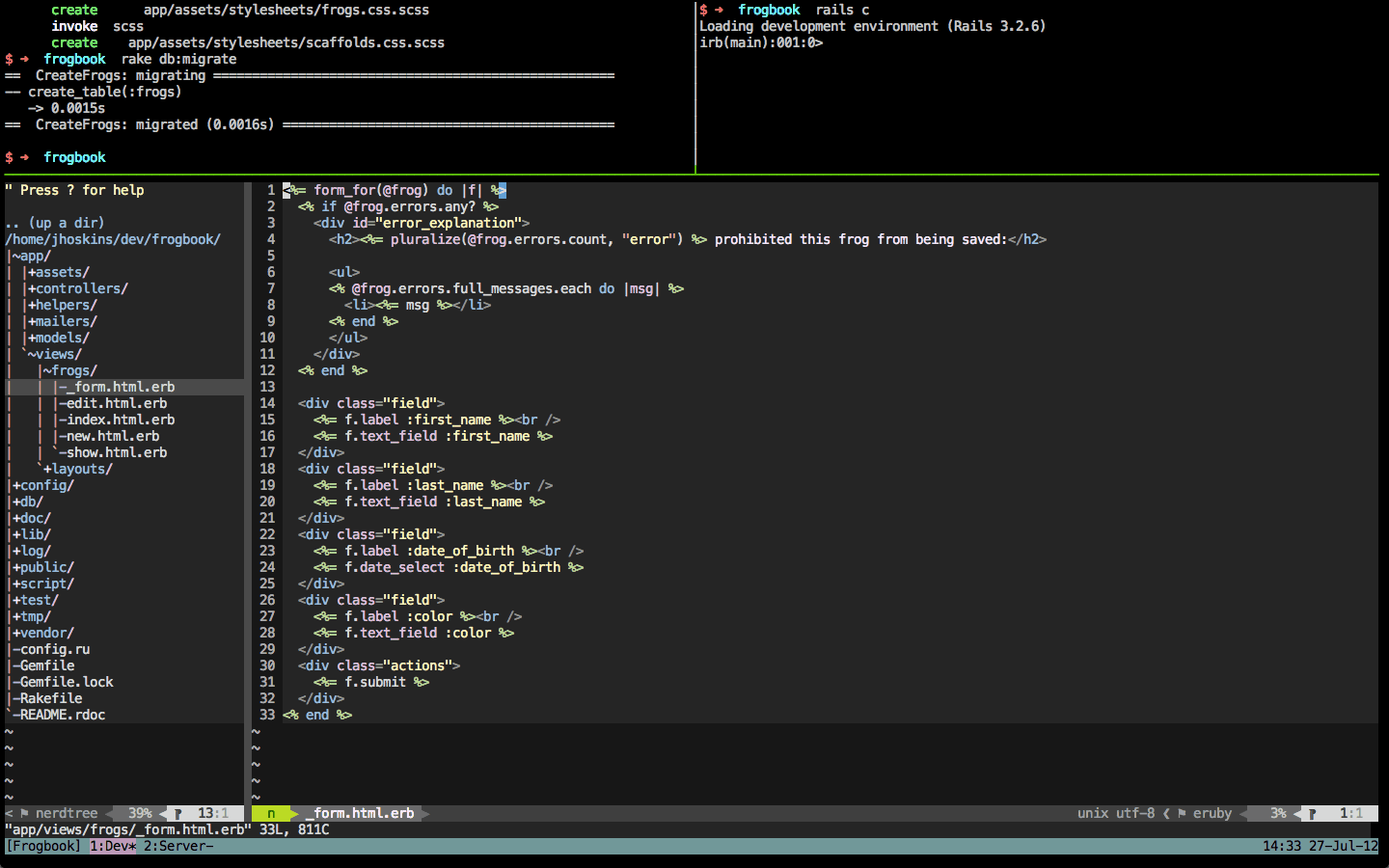

- #SUBLIME TEXT SFTP NOT WORKING BUT SSH DOES PASSWORD#
- #SUBLIME TEXT SFTP NOT WORKING BUT SSH DOES WINDOWS#
If you select the OpenSSH config options, P圜harm parsers OpenSSH directives recorded in SSH config file: /etc/ssh/ssh_config> and ~/.ssh/config on Linux and macOS, or C:\Users\\.ssh\config on Windows. See the Generating a new SSH key and adding it to the ssh-agent tutorial for details on working with SSH keys.

#SUBLIME TEXT SFTP NOT WORKING BUT SSH DOES WINDOWS#
OpenSSH config and authentication agent: to use SSH keys that are managed by a credentials helper application (for example, Pageant on Windows or ssh-agent on macOS and Linux). To have P圜harm remember the passphrase, select the Save passphrase checkbox. Specify the path to the file where your private key is stored and type the passphrase (if any) in the corresponding fields. P圜harm supports private keys that are generated with the OpenSSH utility. To apply this authentication method, you must have a private key on the client machine and a public key on the remote server. Key pair (OpenSSH or PuTTY): to use SSH authentication with a key pair.
#SUBLIME TEXT SFTP NOT WORKING BUT SSH DOES PASSWORD#
To save the password in P圜harm, select the Save password checkbox. Password: to access the host with a password. Local port is used only with the Database Tools and SQL plugin to establish a connection to a remote database.Ĭhoose the way to authenticate to the server. In the Host, User name, and Port fields, specify the connection parameters.

I've seen Sublime has SFTP plugins and I've installed one but it appears that I can't just browse the server and open/save directly, but rather it requires me to keep a local copy which syncs. Its settings can be reused across several projects. I'm currently working off of my company's server remotely using Aptana, and I would very much like to switch to Sublime Text 2, which I use at home. When the checkbox is cleared, the SSH configuration is visible in all P圜harm projects. idea directory together with the project, which allows sharing them between team members through a VCS. The SSH configurations are stored in the. It does not appear in the list of available configurations in other projects. Such SSH configuration cannot be reused outside the current project. Select the checkbox to restrict the use of the SSH configuration to the current project.

Use the Visible only for this project checkbox to configure the visibility of the server access configuration. In the left-hand pane that lists all the existing SSH configurations, click. In the Settings/Preferences dialog ( Ctrl+Alt+S), go to Tools | SSH Configurations. To use Bitvise SSH Server with virtual accounts only, do not add any Windows account entries under Windows accounts. The created configuration can be then used for configuring remote interpreters, connecting to SFTP deployment servers, and launching SSH sessions. Try to connect with the current SSH configuration settings.In P圜harm, you can save the remote server SSH connection parameters as a dedicated SSH configuration. With OpenSSH config and authentication agent, IntelliJ IDEA reads the OpenSSH config file in any case. This option is available only for Password and Key pair authentication types. Read the OpenSSH client-side configuration file for any options not specified in the SSH configuration for the corresponding host. OpenSSH config and authentication agent: Use a credentials helper application that manages your SSH keys, such as Pageant on Windows or ssh-agent on macOS and Linux.įor example, see the following tutorial: Generating a new SSH key and adding it to the ssh-agent. The public key should be on the remote server. Specify the location of the private key file and the corresponding authentication passphrase. Key pair: Use SSH authentication with a key pair (OpenSSH or PuTTY). Password: Authenticate with the specified password and remember it if necessary. There is no default value, which means IntelliJ IDEA dynamically selects the port number. Specify the local port number from which you want to forward the connection. The default value is 22 (the standard TCP port for SSH). Specify the remote port number to connect to. Specify the username for authentication to the server. Specify the hostname of the server to connect to. In this case, you can use this configuration in any project when working from the current instance of IntelliJ IDEA. idea directory, which you can share between team members in a VCS.īy default, this option is disabled and IntelliJ IDEA stores the SHH configuration in the IDE configuration directory. IntelliJ IDEA stores such configurations in the project's. The configuration will not be available in other projects. Restrict this SSH configuration to the current project.


 0 kommentar(er)
0 kommentar(er)
